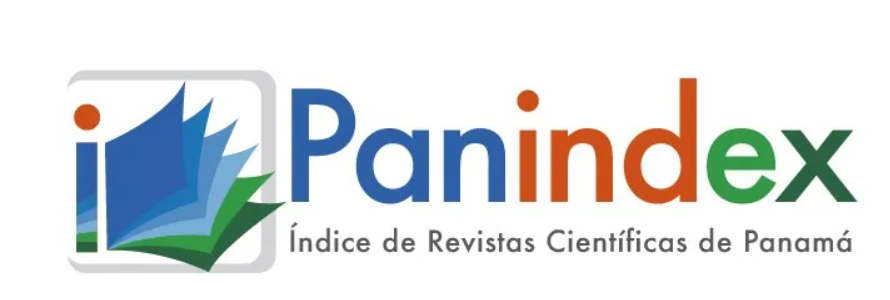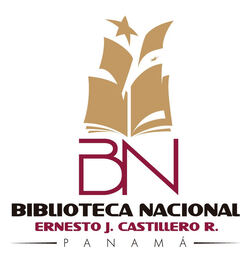The content of the publications and the links suggested in them are the sole responsibility of the authors and not of the Metropolitan University of Education, Science and Technology (UMECIT) or of the journal ORATORES. They are protected by international copyright laws as well as the logos of UMECIT AND ORATORES, hence their reproduction is totally prohibited.
This work is licensed under a Creative Commons Attribution-NonCommercial-NoDerivatives 4.0 International License.
The authors maintain the copyright and transfer the right of the first publication to the journal, with the article registered with Creative Commons Attribution-NonCommercial-NoDerivatives License, which allow others They can download the works published in this magazine and share them with other people, as long as their authorship is recognized, but they cannot be changed in any way nor can they be used commercially.
Authors are recommended to include their work in social networks such as Researchgate and institutional repositories once the article or visible fact has been published on the journal page, without forgetting to include the digital document identifier and the name of the journal.



Abstract
The scholar coexistence as tool for people to get related in a pacific way, uses strategies as the conflict resolution comunication, where respect as a sourse of action, allows the acceptance of the this article is to present a model of the restaurative justice process applied to the school, where the punitive vision is overcome to give space to the restaurative vision, wich enhances responsability, ethics, values an promotes the pacific coexistence. The scholar coexistence involves the filfillment of rules set by the group, the cordial treatment as a way to foment friendships, and the participation inside the group to discover the talents that each member can contribute to the personal and social development of whole educational institution. This process requieres actions wich allows, not only the conciliation on conlict moments, but repair the damages in case of transgressions, and propitiate the neccesary reflexion so these facts doesn´t repeat. To get this done, the incorporation of the restaurative justice in the school establishes an element which can give rules for students, teaches, executives, relatives, comunity members and so for the scholar coexistence committee and the municipal coexistence committee. This rules include the procesal guide of each fact, situations assesment, the responsabilities admission, arbitrarion as an structured space and guided to assist the involved ones, facts socialiation, restitution of the caused damage, agreements supervision, and reconciliation with the other, so that a relationship can be stablished without grudges.
Keywords
References
Brenes, Carlos. (2009). Justicia Restaurativa Una herramienta para la solución al fenómeno de la criminalidad costarricense. Licenciatura en Derecho. Universidad Fidélitas. Costa Rica
Choya, N. (2015). Prácticas restaurativas: Círculos y Conferencias. Revista Pensamiento Penal. (Pp 1-50). Publicado el 29 de julio de 2015.
Daza, A. (2014). Sentido de pertenencia. Documento en línea. Disponible en: www.aporrea.org. Consulta: 20/10/2018.
Espinosa, I. Ojeda, P. Pinillo, Loreto. y Segura, S. Convivencia escolar en una escuela básica municipal de la reina. Conocimiento de su manual de convivencia: Un estudio de caso. Magister en Dirección y Liderazgo para la Gestión Educacional. Universidad Andrés Bello. Chile
García, M. (1985). La Mediación Penal y el Nuevo Modelo de Justicia Restaurativa. Revista Internacional de Doctrina y Jurisprudencia. https://w3.ual.es/revistas/RevistaInternacionaldeDoctrinayJurisprudencia/pdfs/2014-09/articulos-mediacion_penal.pdf. Fecha de consulta: 19/08/2018
García, R. Vargas, D. y Vega, N. (2013). Bases para la aplicación de una justicia restaurativa en el contexto escolar. Revista Folios de Humanidades y Pedagogías. No 1.(Pp 89-98). publicado el 12 de diciembre de 2013.
Gutiérrez, L. y Montoya, J. (2007). Una aproximación a su teoría y aplicación en el sistema jurídico colombiano. Título de Abogado. Universidad de Manizales. Colombia
Lillo, J. (2017). Sobre el Perdón y la Reconciliación: Una perspectiva psicoanalítica. Temas de Psicoanálisis. No 7. (Pp 1-35). Publicado enero de 2013.
Pérez, J. y Zaragoza, J. (2013).Justicia Restaurativa: Del castigo a la reparación. México. Editorial Universidad Nacional Autónoma de México.
Pulido, R. Martín, G. y Lucas, B. (2013). Orígenes de los Programas de Mediación Escolar: Distintos enfoques que influyen en esta práctica restaurativa. Scielo. Volumen 29, No 2.
Ríos, C. y Olalde, A. (2011). Justicia restaurativa y mediación. Postulados para el abordaje de su concepto final. Revista de mediación. ADR, Análisis y Resolución de Conflictos. Volumen 11, Año 4, No 8. (Pp 10-19). Publicado segundo semestre del 2011
Downloads
Publication Facts
Reviewer profiles N/A
Author statements
- Academic society
- Universidad Metropolitana de Educación, Ciencia y Tecnología
- Publisher
- Universidad Metropolitana de Educación, Ciencia y Tecnología



















